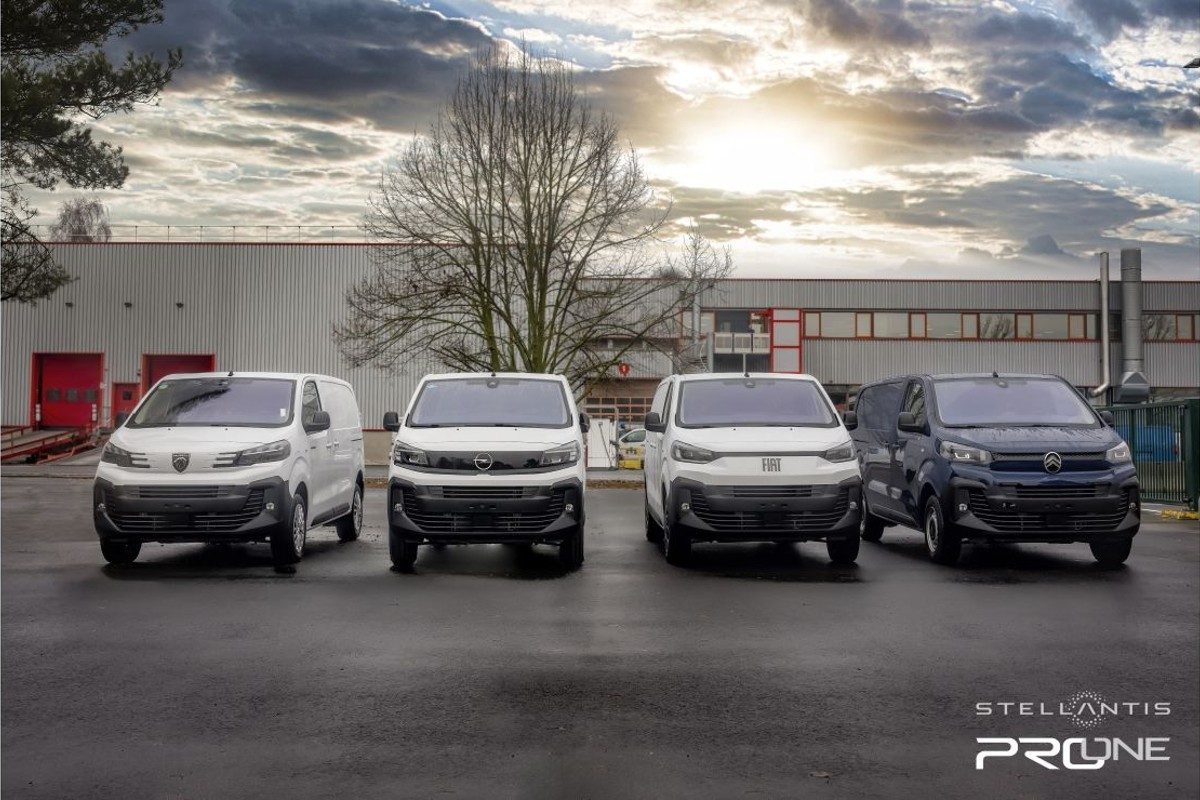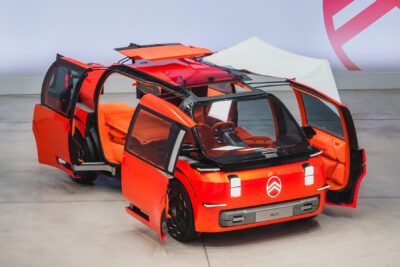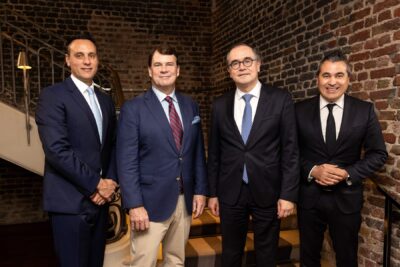Stellantis significantly expands FCEV production
So far, Stellantis has offered fuel cell drives for its medium-sized and large vans, which it builds at the plants in Hordain, France, and Gliwice, Poland – production of the fuel cell versions started at the beginning of the year. But these models are not the end of the story, as Jean-Michel Billig, head of the Group’s hydrogen programme, announced to the German newspaper Welt am Sonntag.
“This year, we are starting production of larger vehicles in Poland, and development in North America will follow quickly – especially for the fuel cell version of the large Ram 5500,” said Billig. The new version of the Ram 5500 pickup truck will be manufactured in Mexico. The Ram 5500 is an over seven-metre-long version of the well-known pickup model, equipped with dual tyres on the rear axle to increase the payload. However, Billig has yet to provide any performance or range data for the model.
Instead, the hydrogen manager commented on the market forecasts for fuel cell vehicles. “In the coming decade, we expect a significant market share for this technology, which could be up to 40 per cent for commercial vehicles,” said Billig. The Group sees batteries and fuel cells as technologies that complement each other. There will be a demand for both, and they cover different applications.
However, demand must develop very quickly for the Stellantis production facilities to even come close to the announced 100,000 units per year. In the interview with the German newspaper, Billig also stated that Stellantis sold just 350 units since the start of orders for medium-sized commercial vehicles with fuel cell drives at the end of 2022.
The current range of FCEVs (Fuel Cell Electric Vehicles) consists of four (technically identical) models in two sizes. The medium-sized vans in the five-metre class go by Citroën ë-Jumpy, Fiat Professional E-Scudo, Opel/Vauxhall Vivaro and Peugeot E-Expert. The hydrogen versions are expected to have a range of up to 400 kilometres (BEV version approx. 350 kilometres), but offer significantly shorter refuelling times. The large vans in the Sprinter class are the Citroën ë-Jumper, Fiat Professional E-Ducato, Opel/Vauxhall Movano and Peugeot E-Boxer. Here, Stellantis promises a range of up to 500 kilometres, while the battery version has a range of around 400 kilometres.
welt.de (in German)





2 Comments